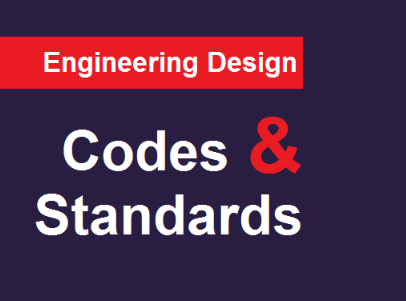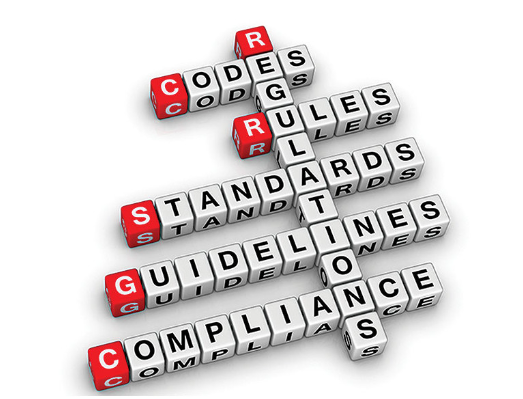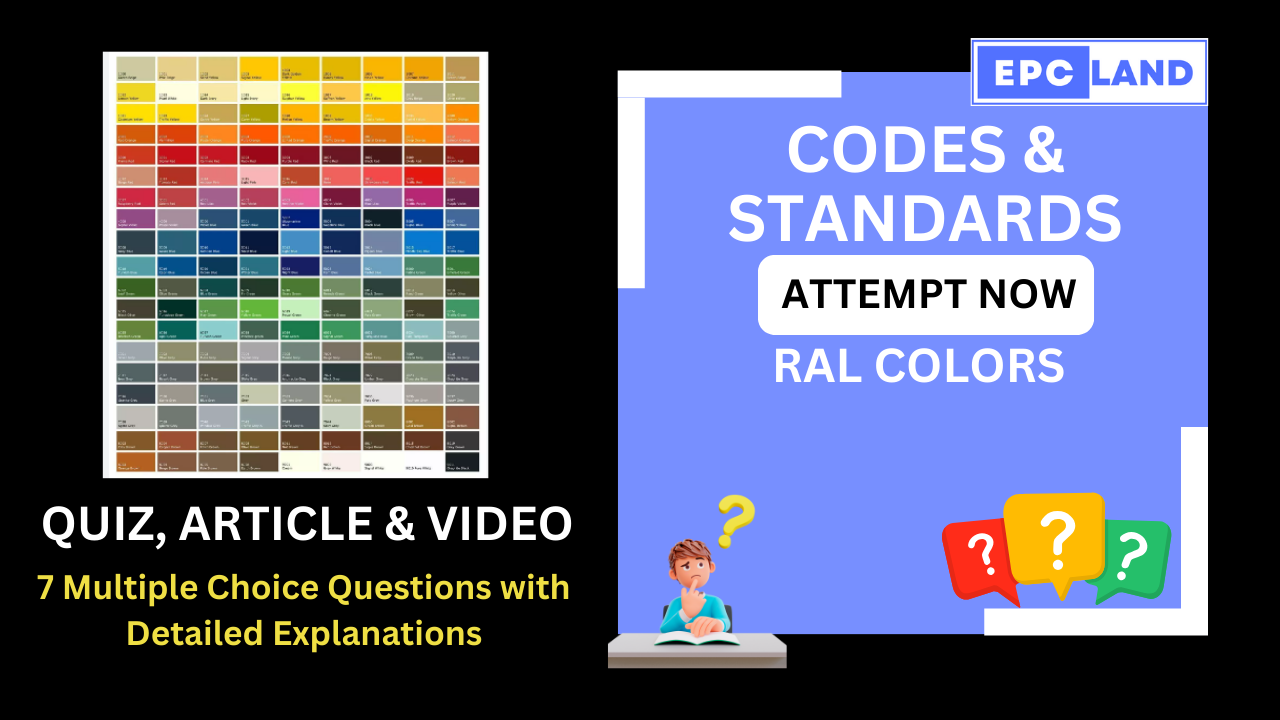

1. RAL Color Coding System
What is the primary purpose of the RAL color coding system?
Explanation: The primary purpose of the RAL color coding system is to standardize and define colors for various materials, providing a consistent reference for color representation.
2. RAL Classic Collection
How many colors are there in the RAL Classic collection, and what types of colors does it include?
Explanation: The RAL Classic collection includes 213 colors, featuring body colors, luminous colors, pearlescent colors, and iron glimmer colors for various applications.
3. RAL Color Code Components
What does the RAL color code consist of, and how is it structured?
Explanation: The RAL color code consists of four digits and the letters “RAL” (e.g., RAL 1028). The first digit indicates the color group, while the remaining digits are sequential numbers within that group.
4. RAL Design Collection
What is the primary focus of the RAL Design collection, and how many colors does it offer?
Explanation: The RAL Design collection offers over 1,825 colors and is specifically designed for architectural and interior design applications.
5. RAL Effect Collection
What types of colors does the RAL Effect collection comprise, and for what applications are they suitable?
Explanation: The RAL Effect collection comprises metallic and solid colors suitable for special applications like automotive finishes and industrial coatings.
6. RAL Code 3000
What is the name and hex code of the RAL color with the code 3000?
Explanation: The RAL color with the code 3000 is Flame red, and its hex code is #AB2524.
7. Applications of RAL Colors
What are some diverse applications of the RAL color system mentioned in the article?
Explanation: The RAL color system finds diverse applications across various industries, including architecture, product design, traffic and safety, and graphic design.
25+ Relevant topics on Codes & Standards
Short Article on Codes & Standards


The World of RAL Colors: A Comprehensive Guide
RAL is a globally recognized color coding system used to define and standardize the colors of coatings, plastics, and other materials. Developed in Germany in 1927, it has become an essential tool for architects, designers, manufacturers, and anyone who needs to ensure consistent color representation.
This article provides a comprehensive overview of the RAL system, including its history, organization, different types of colors, and practical applications.
Understanding the RAL System:
- Structure: RAL consists of several collections, each with a specific focus. The most popular is RAL Classic, featuring 213 colors for various applications. Other collections like RAL Design and RAL Effect offer additional options for specific needs.
- Color Codes: Each RAL color has a unique code consisting of four digits and the letters “RAL” (e.g., RAL 1028). The first digit indicates the color group (1: yellow, 2: orange, etc.), while the remaining digits are sequential numbers within that group.
- Color Names: Each color also has a descriptive name, such as “Melon Yellow” for RAL 1028. However, relying solely on names can lead to confusion, so using both the code and the name is recommended for accurate identification.
Exploring the RAL Palettes:
Here are some key points to remember about the different types of RAL colors:
- RAL Classic: The standard collection with 213 colors, including body colors, luminous colors, pearlescent colors, and iron glimmer colors.
- RAL Design: Offers a wider range of over 1,825 colors, specifically designed for architectural and interior design applications.
- RAL Effect: Comprises metallic and solid colors for special applications like automotive finishes and industrial coatings.
Decoding the RAL Code:
The following table provides a glimpse into the world of RAL colors, showcasing some popular shades with their codes, names, and hex codes:
| RAL Code | Name | Hex Code |
|---|---|---|
| 1000 | Green beige | #CCC58F |
| 1003 | Signal yellow | #F7BA0B |
| 1028 | Melon yellow | #FFAB00 |
| 2001 | Red orange | #BE4E20 |
| 2009 | Traffic orange | #E15501 |
| 3000 | Flame red | #AB2524 |
| 3024 | Luminous red | #F70000 |
| 4005 | Blue lilac | #83639D |
| 5003 | Sapphire blue | #2A3756 |
| 5015 | Sky blue | #2874B2 |
| 6005 | Moss green | #0F4336 |
| 6018 | Yellow green | #48A43F |
| 7016 | Anthracite grey | #373F43 |
| 9001 | Cream | #FDF4E3 |
| 9005 | Jet black | #0A0A0A |
Beyond the Code: Applications of RAL Colors
The RAL system finds diverse applications across various industries:
- Architecture and Interior Design: Choosing colors for building facades, interiors, furniture, and decorative elements.
- Product Design and Manufacturing: Ensuring consistent color representation for manufactured goods like tools, machinery, and consumer products.
- Traffic and Safety: Standardizing color codes for road signs, markings, and safety equipment.
- Graphic Design and Printing: Specifying colors for logos, brochures, and other printed materials.
By understanding the RAL system and its vast range of colors, you can confidently navigate the world of color and achieve consistent, precise, and visually appealing results in your projects.
Additional Tips:
- Resources: Explore online resources like the official RAL website and color charts for detailed information on each color.
- Software Tools: Utilize software tools like Adobe Photoshop or Illustrator that integrate with RAL color palettes for easy selection and application.
- Testing and Sampling: Always test and verify the actual color appearance of RAL codes before making final decisions, as variations can occur depending on materials and lighting conditions.
With its comprehensive system and diverse applications, RAL continues to be a leading force in the world of color standardization. By delving into its intricacies and exploring its vast palette, you can unlock a world of creative possibilities and ensure consistent, impactful color representation in your endeavors.
I hope this revised article provides a more informative and engaging overview of the RAL color system. Please let me know if you have any other questions or need
Table of Contents
Don’t miss the Course on Effective Isometrics Management: Check Now
Enrollment Link
Recommended courses (Published on EPCLand)
- Complete Course on Piping Engineering
- Basics of Piping Engineering
- Piping Layout Engineering
- Piping Material Engineering
- Piping Stress Analysis
- Material Requisitions
- Piping Material Specifications
- Valve Material Specifications
- Plant Design & Layouts-OISD 118
- Isometric Management
Library of Technical Articles
Don’t miss out the collection of 15+ articles on following topics:
- Basics of Oil and Gas Industry
- Valves
- Testing
- Tank
- Piping Bulk Items
- Pipe
- Metallurgy
- Piping Materials
- Layout
- Instrumentation
- Heat Exchanger
- Type of Contracts
- Codes and Standards
- ASTM Standards
- Articles on Piping Specialty Items
Video details of Complete Course on Piping Engineering
Why Enroll in the EPCLand
Proven Track Record– PTR
Activities & Achievements before launching EPCLand
- Published more than 50+ short courses
- 3000+ Enrolments
- More than 3,500,00 Minutes of watch hours in the last 2 years
- 4000+ Students in 100+ Countries
- Rating of 4+ out of 5
- 1000+ YouTube Videos
- 8K+ Subscribers
What Students will Learn
- Codes & Standards of the Energy Sector
- Piping Material Engineering
- Piping Layout Engineering
- Stress Analysis
Interesting facts
- All the published courses have been developed by Industry Experts with more than 2 decades of experience
- Content is based on Practical experience and real-time problems.
- Content is designed and organized in such a manner that it can be easily grabbed.
- Complete website, Blogs and Quiz sections are Planned, Designed and published by myself (About me: Atul Singla)
- Complete flexibility of Time & Location, Students can access the content from anywhere & anytime
- Moreover, once enrolled, the content can be access as many times as you want, which helps in understand the fundamentals in a better way.
Conclusion
In conclusion, our courses are meticulously crafted by industry experts with over two decades of hands-on experience. The content is rooted in practical knowledge, addressing real-time problems. The material is thoughtfully designed and organized for easy comprehension. Every aspect, from the website to blogs and quizzes, has been planned, designed, and executed by Atul Singla, ensuring a comprehensive and seamless learning experience. With the flexibility of accessing the content at any time and from any location, students have the freedom to learn on their terms. Furthermore, enrollment grants unlimited access, allowing learners to revisit the material as often as needed, fostering a deep understanding of the fundamentals.



